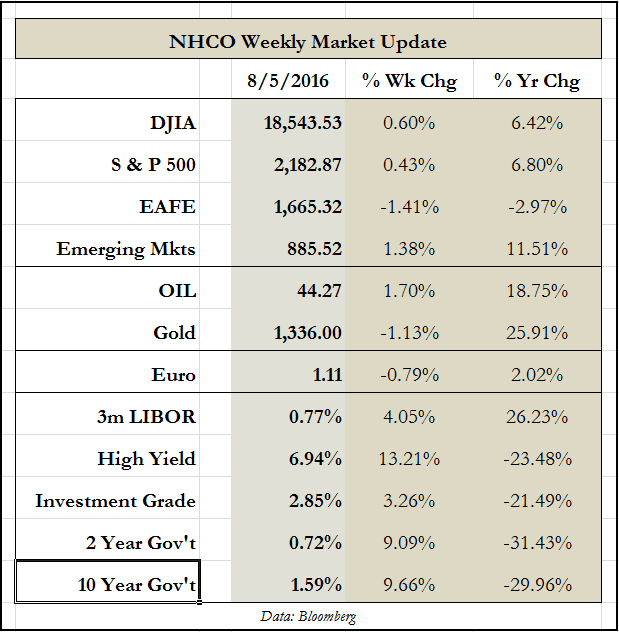
I Demand A 50% Return!
August 8, 2016
What return would you need to delay access to your money for twelve months? A recent study of older Americans found some surprising answers to this question. Participants were offered a choice between a fixed amount of money today or a larger amount in one year, and asked to define the amount they would require for waiting. Responses showed that the majority of people over 70 would need the $100 to grow to at least $150 in order to wait 12 months. In other words, respondents demanded a return 50 times greater than they could get in today’s typical savings account!
The study also gave weight to the common sense idea that delaying gratification can help build wealth. Over-eagerness can threaten investment success. Investors who abandon strategy to seek immediate gratification likely position themselves for disappointment. A steady and enduring mindset may be an investor’s greatest strength.
Research has found that older people’s tendency to be impatient may be a positive sign for continued strength in consumer spending. According to a U.S. Government Consumer Spending Survey, Americans 55 and over control 75% of America’s wealth and outspend other generations by $400 billion each year on consumer goods and services. If the older generations are eager to consume, corporate revenues and the consumer-led U.S. economy may stand to benefit.
The relationship between consumption and life stage is also relevant for younger groups. The improved odds of longer lifespans reinforce the importance of planning for the future. Younger members of our client families, who witnessed the 2008 financial crisis at a formative time in their lives, tend to embrace financial preparation and respect the need for individual responsibility.
Over the next decade we will find out whether the U.S. population under 40 continues to marry, have children, and buy homes at slower rates than prior generations. The media enjoys framing younger generations’ choices to delay consumption and major life events as permanent character features. As someone born after Carter left office, I observe many peers waiting until their 30s to purchase homes, get married, and have children. But many are making those decisions, just on their own timelines.
Many predictions assert that a disproportionate share of millennials will live in apartments indefinitely. However, the National Association of REALTORS reports that this group now represents the second highest share of home purchases by value, with people born between 1980 and 1995 representing 35% of home buyers. With a median age of just 28, the timing of the group’s consumption choices will undoubtedly receive no shortage of attention.
Time will tell whether the younger generations are really that different, but there are signs that they already understand the benefits of delayed gratification. Maybe they subscribe to the views of legendary investor David Swensen, who manages Yale’s endowment. Two of his noteworthy comments are that “short term ideas force investors to operate on an investment treadmill” and “lightly held positions invite casual reversal, exposing vacillating investors to the costly consequences of a market whipsaw.” As investors, old and young, we must remind ourselves to be patient and resist the false hope of high returns generated quickly.
Cam Simonds

